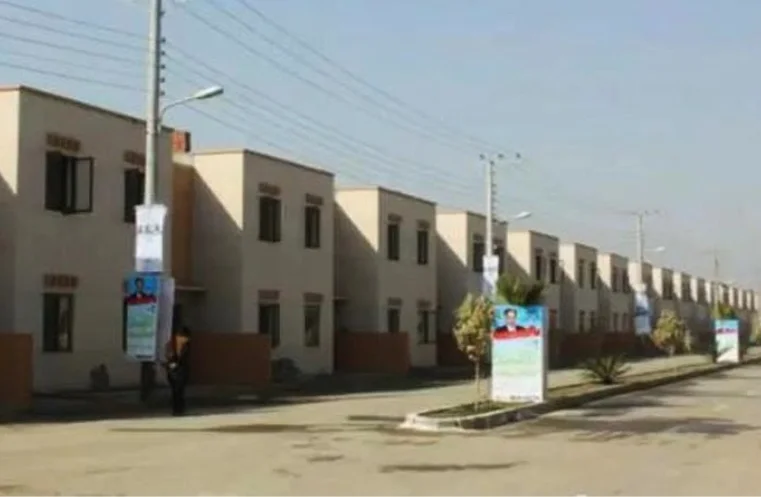Islamabad, Jan 20: In an effort to safeguard agricultural land and guide orderly urban expansion, the Punjab Local Government and Community Development Department has unveiled comprehensive land-use and zoning plans for all 32 districts within the province.
These strategic initiatives mark a significant step towards sustainable development by clearly defining zones for residential, commercial, and industrial purposes.
However, The newly implemented zoning regulations address a critical issue: the rampant conversion of fertile agricultural land into unplanned residential areas.
However, Recent statistics show a concerning trend: Punjab has lost over 225,000 acres of arable land to around 6,000 housing developments, nearly two-thirds of which lack proper legal sanctions.
This unchecked development not only undermines agricultural productivity but also exacerbates environmental degradation, contributing to severe issues such as air pollution and smog.
Read More:
Instagram Launches New Reels Features Following TikTok Issues
However, In response to the alarming rate of illegal constructions and the associated loss of green spaces, the Punjab government initiated the development of master plans several years ago.
These plans are now fully operational and enforce strict compliance, prohibiting any new housing, commercial, or industrial projects on lands not designated in the official plans. The initiative reflects a proactive approach to urban planning, aiming to balance growth with environmental sustainability.
Furthermore, the establishment of a dedicated project management unit underscores the government’s commitment to this cause.
This unit is tasked with ensuring that all district master plans are prepared and implemented in collaboration with local authorities.
The objective is clear: to facilitate coordinated and environmentally responsible development across Punjab over the next two decades.
These zoning regulations are not merely administrative measures; they are a forward-thinking solution to the dual challenges of urban sprawl and agricultural preservation.
This balanced approach promises to promote a healthier, more sustainable future for the entire region, making it a model for other provinces grappling with similar issues.
